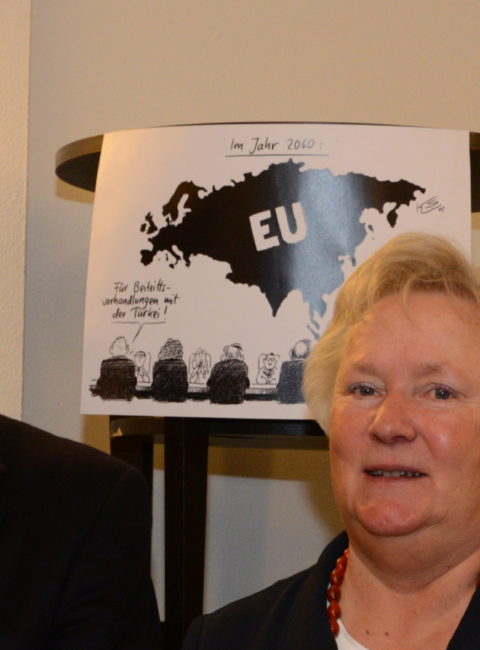The IEE-ULB, an institute linked to the construction of Europe
At IEE-ULB, innovating at the pace of the construction of Europe is a tradition. Discover our history and the people who have made it happen.
IEE-ULB was born out of the will of the ULB’s authorities to accompany the construction of Europe. Since then, our Institute has always provided excellent training for future European leaders. Learn more about this exciting story.
IEE-ULB, a reflection of the European construction
The IEE-ULB is one of the oldest institutes for teaching and research dedicated to European Studies. It was created in 1962 by the Board of Directors of the ULB. The first academic year started in October 1963. It has evolved at the pace of European construction.
From its inception, the Institute seeks, through its programmes, to train specialists in European issues, but also to contribute to the progress of European integration and to participate, as an academic institution, in the debate on Europe.
Right from the first years of its existence, it confirmed itself as a centre of excellence, mainly in the area of European law, with major personalities such as Walter Ganshof Van der Meersch, its first president, Michael Waelbroeck, and Jean-Victor Louis.
It also very quickly opened itself up to the outside world, both in education, by hosting foreign teachers and students, as well as in research, by developing interuniversity cooperation.
An increasingly interdisciplinary Institute
At the end of the 1980s, the Single European Act and the aim of completing the Single Market by 1992 were the opportunity for a new bout of awareness of the academic authorities of Europe’s importance for the University.
The IEE-ULB’s economic and political departments were injected with new life, as from 1989, thanks to Françoise Thys – Clément, then Vice-Chancellor of the ULB, in cooperation with the Faculty of Economics, Political and Social Sciences, and with the arrival of new research directors André Sapir and Mario Telò.
In 2003, a European history and culture section is created.
In line with its dynamic and evolving approach, a new IEE saw the light in 2015, a revamping made in close cooperation with its partner faculties and with the support of the academic authorities.
This reform has allowed the IEE-ULB to strengthen the interdisciplinary nature of its research and teaching, as well as its international visibility and its capacity for action at the European and global levels.
The Institute’s Presidents
The Presidents of the Institute for European studies are:
- Walter Ganshof van der Meersch (1963-1970)
- Paul de Groote (1970-1972)
- Henri Janne (1972-1975)
- Henri Simonet (1975-1978)
- Paul Foriers (1978-1980)
- Jean-Victor Louis ( 1980-1992)
- André Sapir (1992-1998)
- Régine Kurgan (1998- 2003)
- Françoise Thys (2003-2005)
- Mario Telo (2005-2009)
- Marianne Dony (2009- 2014)
- Anne Weyembergh (2014 – 2019)
- Ramona Coman (2019- 2023)
Discover the history of European construction and that of our Institute in this video.
Don’t miss our brochure “the Institute of European Studies: 50 years of research and teaching in search of an opening”
